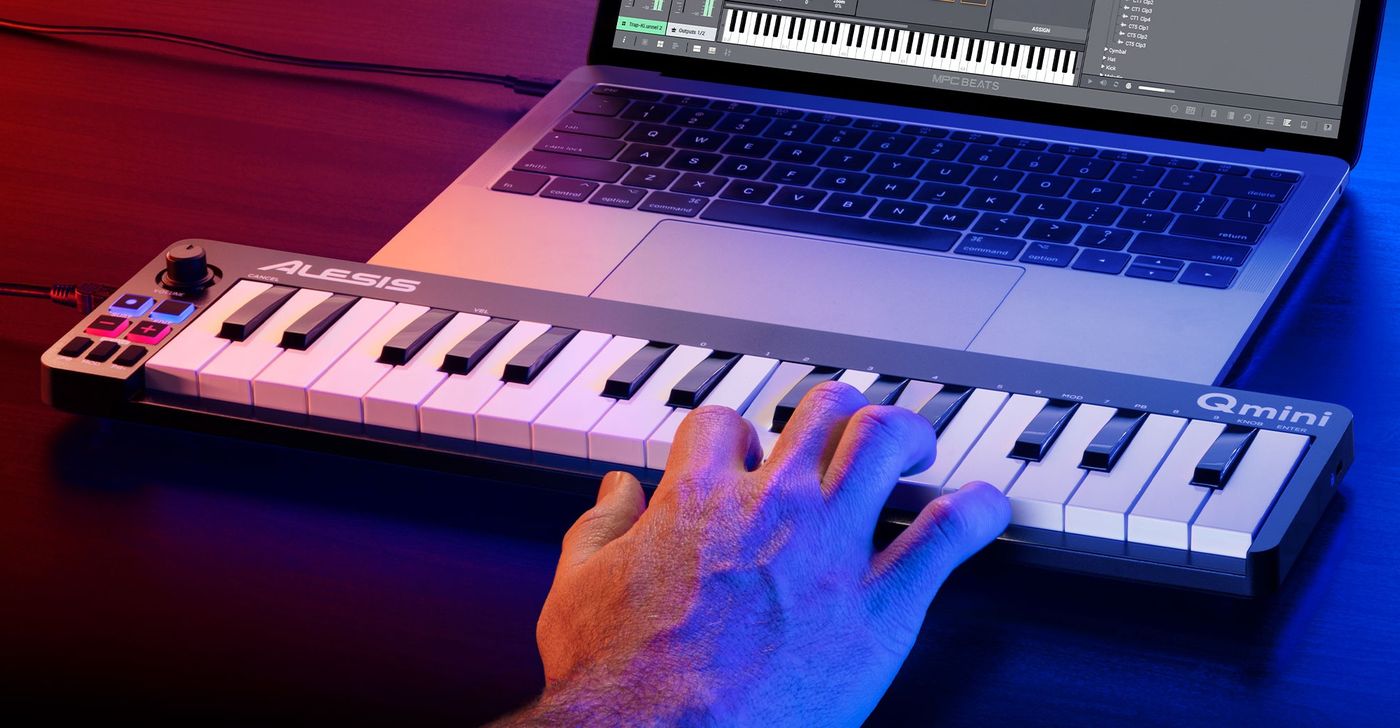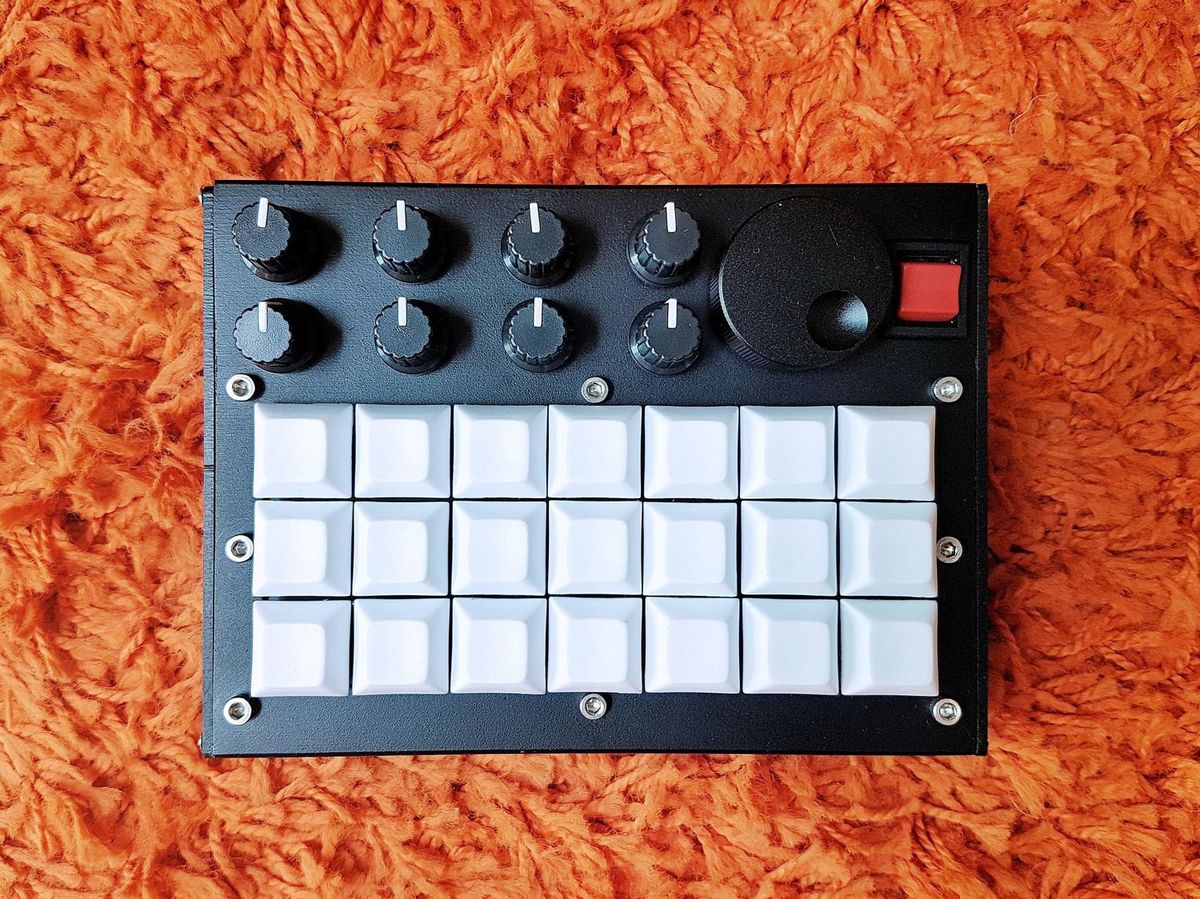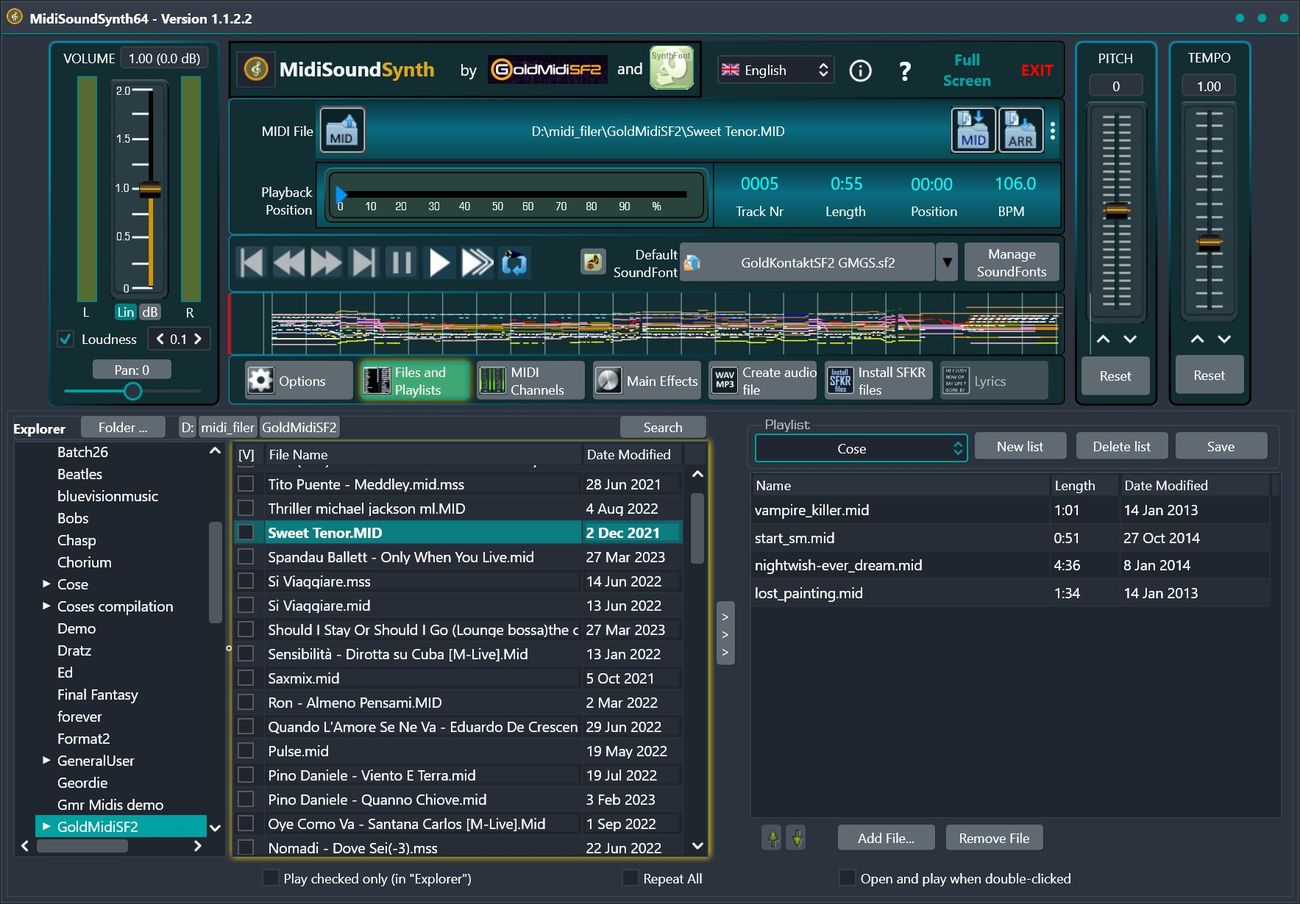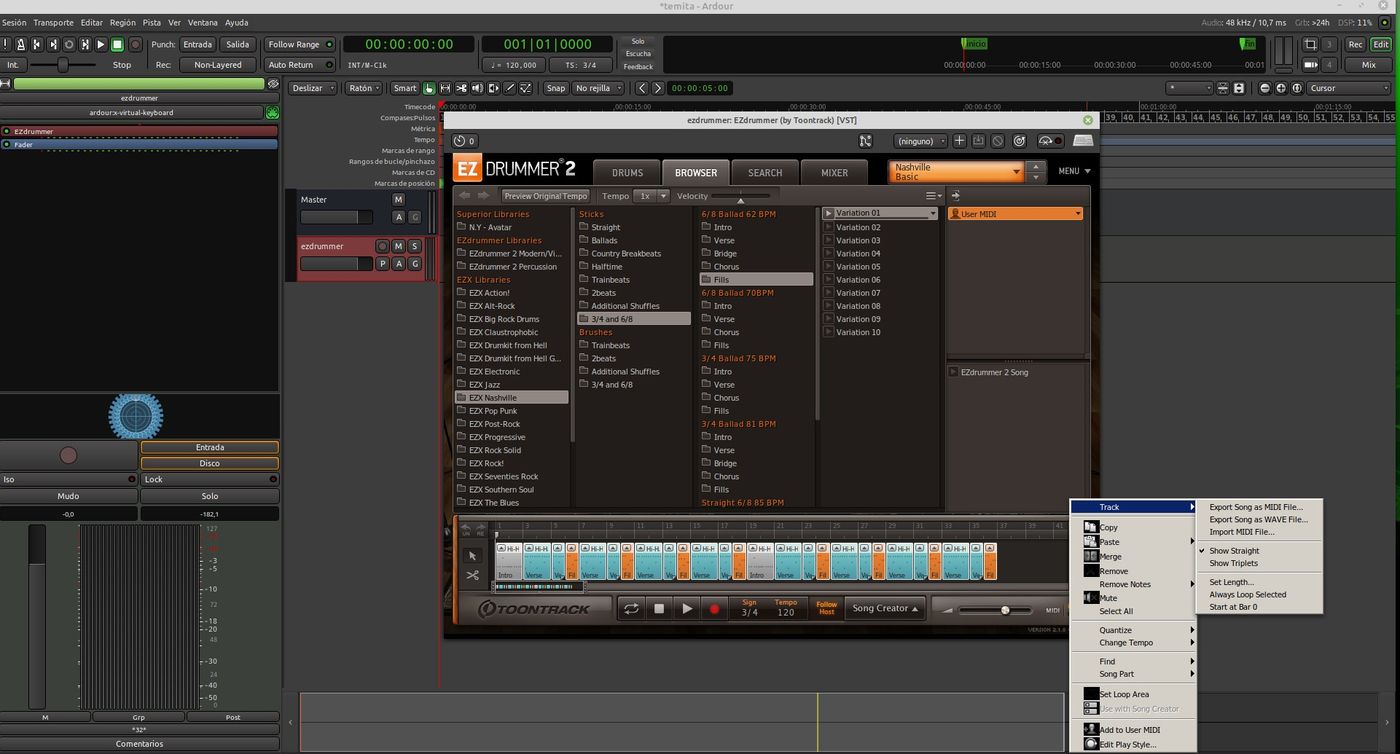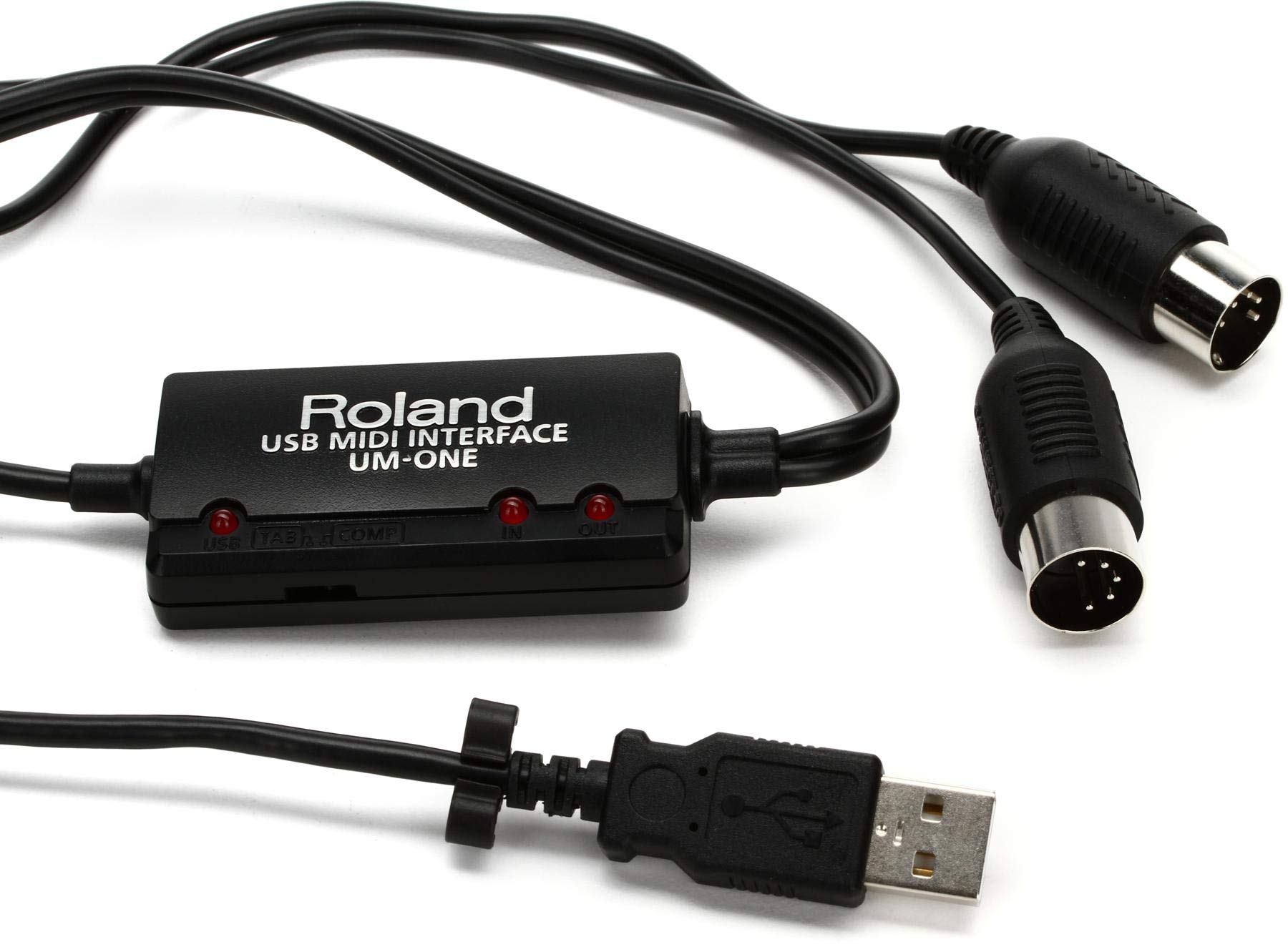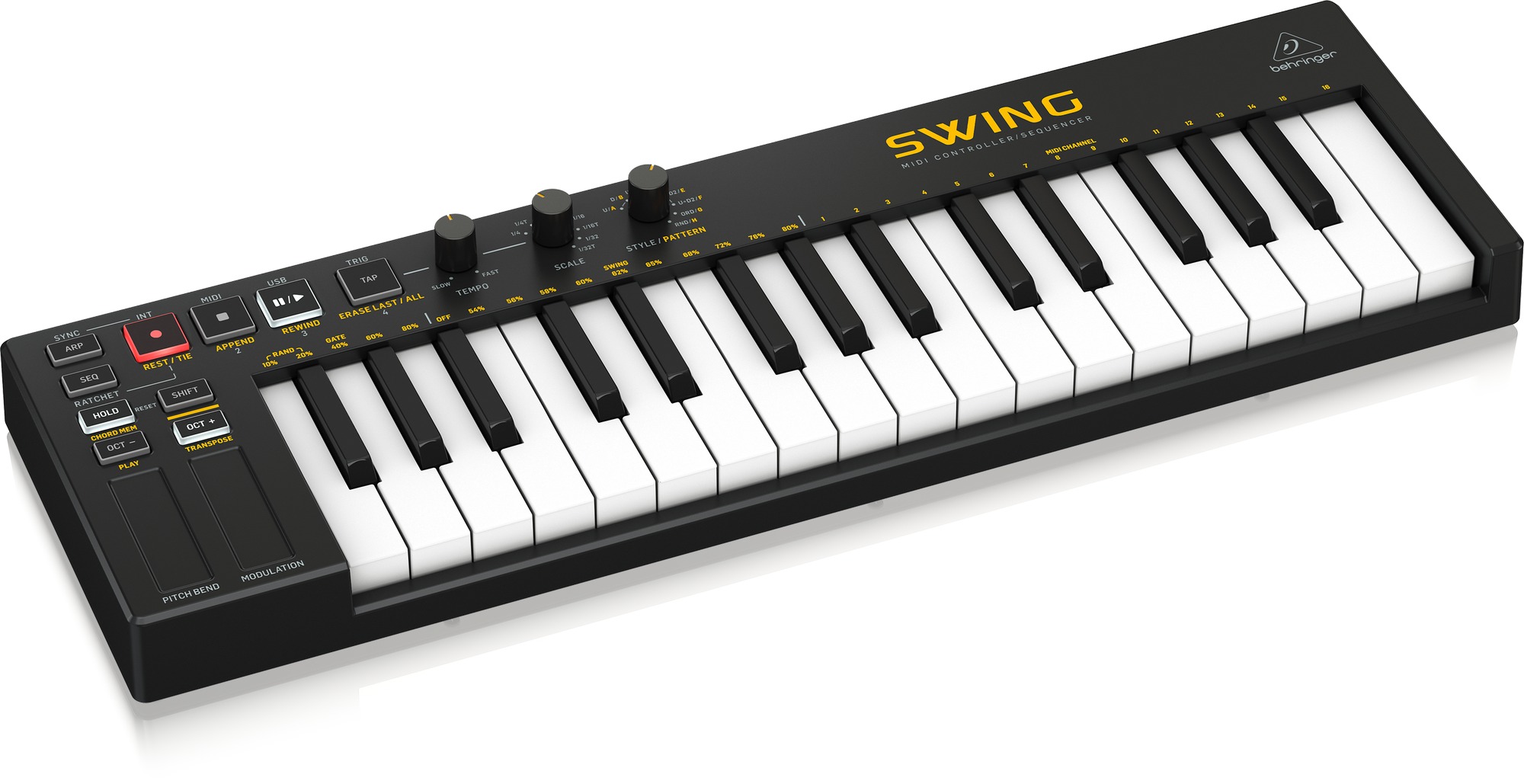Home>Production & Technology>MIDI>How To Do MIDI With MicroKorg
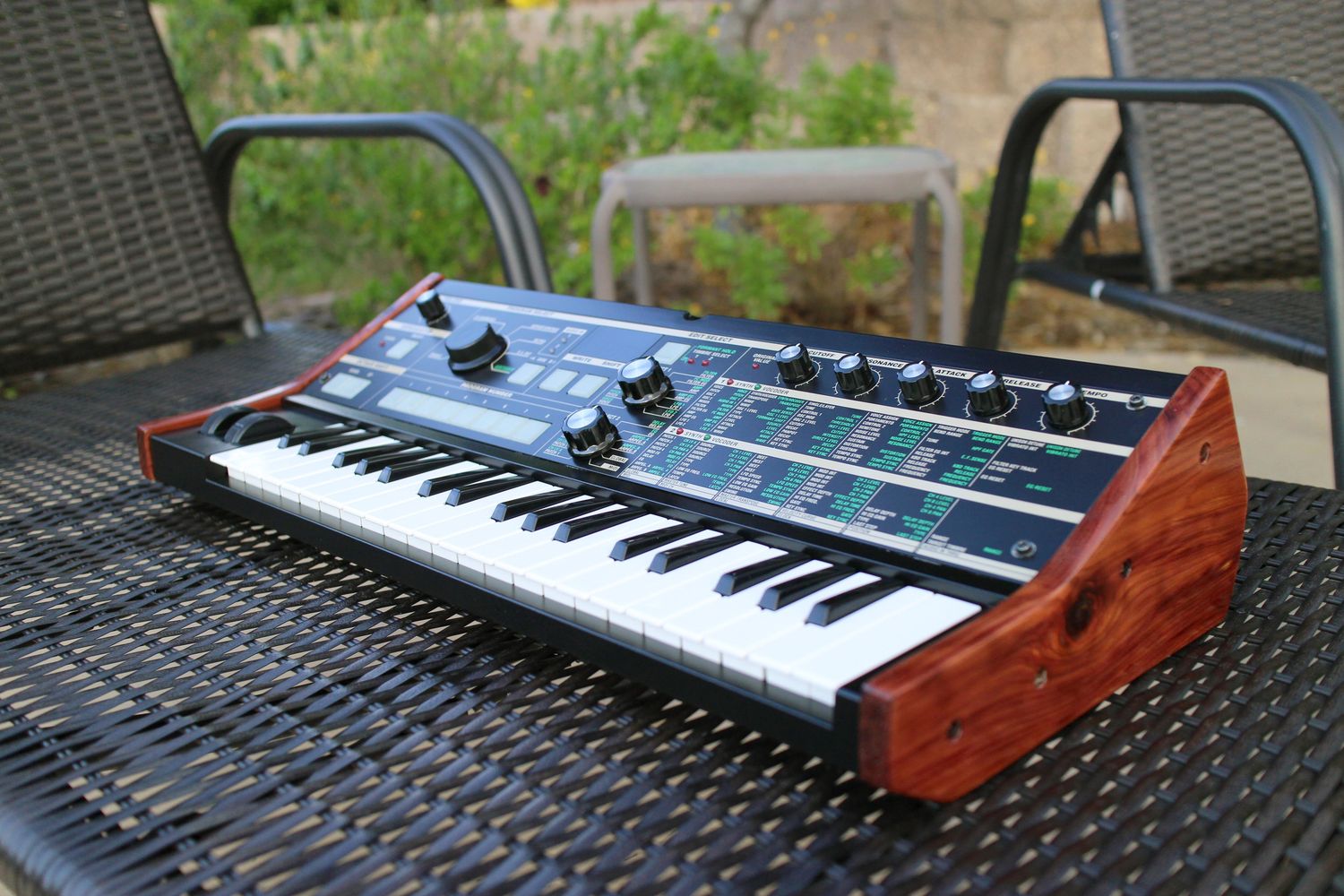

MIDI
How To Do MIDI With MicroKorg
Modified: February 22, 2024
Learn how to use MIDI with MicroKorg to unlock its full potential. Discover step-by-step instructions for seamless MIDI integration.
(Many of the links in this article redirect to a specific reviewed product. Your purchase of these products through affiliate links helps to generate commission for AudioLover.com, at no extra cost. Learn more)
Table of Contents
Introduction
MIDI, which stands for Musical Instrument Digital Interface, is a powerful tool that allows electronic musical instruments, computers, and other devices to communicate with each other. It has revolutionized the way music is created, produced, and performed, providing musicians and producers with unparalleled flexibility and control over their sound.
In this article, we will explore the fascinating world of MIDI in the context of the popular synthesizer, the MicroKorg. The MicroKorg, known for its compact size and versatile sound, is a favorite among musicians and electronic music enthusiasts. By harnessing the potential of MIDI with the MicroKorg, you can unlock a whole new realm of creative possibilities.
Whether you're a seasoned musician or a budding producer, understanding how to leverage MIDI with the MicroKorg can significantly enhance your music-making experience. From setting up the MicroKorg for MIDI to utilizing it as a MIDI controller and sending MIDI data to the device, we will delve into the intricacies of MIDI integration with this iconic synthesizer.
Join us on this journey as we unravel the magic of MIDI and discover how the MicroKorg can be transformed into a versatile and expressive musical instrument through the power of digital connectivity. Let's embark on an exploration of MIDI with the MicroKorg, where innovation meets inspiration.
Setting Up the MicroKorg for MIDI
Setting up the MicroKorg for MIDI integration opens up a world of possibilities for expanding its sonic capabilities and integrating it into your music production workflow. Before diving into the creative realm of MIDI control and communication, it's essential to ensure that the MicroKorg is properly configured to send and receive MIDI data.
1. Connecting MIDI Cables
The first step in setting up the MicroKorg for MIDI involves connecting MIDI cables to establish communication between the synthesizer and other MIDI-compatible devices. The MicroKorg features MIDI input and output ports, typically found on the rear panel of the unit. Using standard MIDI cables, connect the MIDI output of the MicroKorg to the MIDI input of the external MIDI interface or device, and vice versa if you intend to send MIDI data to the MicroKorg.
2. Configuring MIDI Settings
Once the physical connections are established, it's crucial to configure the MIDI settings on the MicroKorg. Access the MIDI settings menu on the synthesizer, typically found within the system or global settings. Here, you can specify the MIDI channel for both transmitting and receiving MIDI data. Selecting the appropriate MIDI channel is essential for ensuring that the MicroKorg communicates effectively with other MIDI devices in your setup.
3. Powering On and Testing MIDI Connectivity
After connecting the MIDI cables and configuring the MIDI settings, power on the MicroKorg and any other MIDI devices in your setup. Test the MIDI connectivity by sending MIDI data from an external controller or sequencer to the MicroKorg. If the setup is successful, the MicroKorg should respond to MIDI input, triggering sounds and responding to control messages as per the configured MIDI settings.
4. Software Integration
In addition to hardware connections, the MicroKorg can also be integrated with music production software via MIDI. By connecting the synthesizer to a computer running digital audio workstation (DAW) software, you can harness the power of MIDI to control and automate various parameters within the DAW, expanding the creative potential of the MicroKorg within a digital production environment.
By following these steps and ensuring that the MIDI connections and settings are properly configured, you can effectively set up the MicroKorg for seamless MIDI integration, paving the way for a myriad of creative possibilities and sonic exploration.
This sets the stage for the next section, where we will delve into the exciting realm of using the MicroKorg as a MIDI controller, unlocking its potential as a versatile and expressive instrument in a MIDI-enabled setup.
Using the MicroKorg as a MIDI Controller
Harnessing the power of MIDI, the MicroKorg can transcend its role as a standalone synthesizer and take on a new identity as a versatile MIDI controller. This opens up a world of creative opportunities, allowing you to use the expressive interface of the MicroKorg to control and manipulate external MIDI-compatible devices such as software synthesizers, samplers, and drum machines.
1. MIDI Controller Mode
The MicroKorg offers a dedicated MIDI controller mode, enabling you to use its keys, knobs, and mod wheel to transmit MIDI control messages to external devices. By entering MIDI controller mode, the synthesizer's keys can be repurposed to trigger notes and chords on external MIDI instruments, effectively turning the MicroKorg into a dynamic and expressive MIDI keyboard controller.
2. Parameter Control
In addition to note triggering, the knobs and mod wheel on the MicroKorg can be assigned to control various parameters on external MIDI devices. This means that you can use the tactile interface of the MicroKorg to manipulate filter cutoff, resonance, envelope settings, and other parameters on external synthesizers or software instruments, adding a tactile and hands-on dimension to your MIDI-controlled setup.
3. Performance and Expression
One of the key advantages of using the MicroKorg as a MIDI controller is the ability to infuse your performances with a unique blend of physical expression and electronic versatility. The responsive keybed, mod wheel, and expressive control knobs empower you to inject nuanced dynamics and articulation into your MIDI performances, breathing life into your music with the distinctive character of the MicroKorg's interface.
4. Seamless Integration
With its compact form factor and seamless MIDI integration, the MicroKorg becomes a portable and powerful MIDI control center, capable of driving an entire MIDI setup with its expressive capabilities. Whether you're performing live on stage or crafting intricate musical arrangements in the studio, the MicroKorg's role as a MIDI controller amplifies its impact and versatility within your musical arsenal.
By utilizing the MicroKorg as a MIDI controller, you can expand the horizons of your musical creativity, blurring the boundaries between hardware and software, and infusing your music with the unmistakable essence of the MicroKorg's expressive interface. This transformative use of MIDI empowers you to craft compelling musical experiences that resonate with depth and emotion, all guided by the dynamic capabilities of the MicroKorg as a MIDI controller.
Sending MIDI Data to the MicroKorg
Sending MIDI data to the MicroKorg opens up a realm of creative possibilities, allowing you to integrate the synthesizer into your MIDI setup and harness its iconic sound engine within a broader musical environment. Whether you're triggering the MicroKorg's internal sounds from an external MIDI controller or sequencing intricate patterns from a computer or hardware sequencer, the process of sending MIDI data to the MicroKorg is a gateway to unlocking its sonic potential in diverse musical contexts.
1. External MIDI Controllers
One of the primary methods of sending MIDI data to the MicroKorg involves using external MIDI controllers to trigger the synthesizer's sounds and manipulate its parameters. By connecting a MIDI keyboard, pad controller, or other MIDI-enabled instrument to the MicroKorg, you can leverage the expressive interface of the external controller to play the MicroKorg's sounds, effectively expanding your performance capabilities and infusing the synthesizer's timbres into your musical expressions.
2. MIDI Sequencing
In the realm of music production, MIDI sequencing serves as a powerful tool for crafting intricate musical arrangements and patterns. By sending MIDI data from a computer-based DAW or hardware sequencer to the MicroKorg, you can sequence note data, control messages, and parameter changes, effectively controlling the synthesizer's behavior and creating dynamic musical sequences that showcase the full range of the MicroKorg's sonic palette.
3. Parameter Automation
Sending MIDI data to the MicroKorg also enables you to automate and modulate its parameters in real-time. By transmitting MIDI control messages from a DAW or MIDI controller, you can modulate the synthesizer's filter cutoff, resonance, envelope settings, and other parameters, infusing your music with evolving textures and expressive timbral shifts that breathe life into your compositions.
4. Performance Integration
Integrating the MicroKorg into a MIDI performance setup allows you to seamlessly blend its distinctive sounds with other MIDI-compatible instruments and devices. Whether you're layering the MicroKorg's rich analog-inspired tones with software synthesizers or triggering drum patterns from a MIDI-enabled groovebox, sending MIDI data to the MicroKorg facilitates a cohesive and expressive musical experience that transcends the boundaries of individual instruments.
By embracing the process of sending MIDI data to the MicroKorg, you can seamlessly integrate the synthesizer into your musical workflow, unleashing its sonic prowess and expressive potential within a diverse array of musical contexts. This transformative use of MIDI connectivity empowers you to harness the iconic sound of the MicroKorg and weave it into the fabric of your musical creations with unparalleled flexibility and creative freedom.
Conclusion
In conclusion, the marriage of MIDI with the MicroKorg unlocks a world of sonic exploration and creative expression. By setting up the MicroKorg for MIDI integration, utilizing it as a MIDI controller, and sending MIDI data to the synthesizer, musicians and producers can harness its iconic sound engine within the expansive realm of MIDI connectivity.
The process of setting up the MicroKorg for MIDI involves establishing physical connections, configuring MIDI settings, and integrating the synthesizer into a digital audio workstation (DAW) environment. This foundational step lays the groundwork for seamless MIDI communication, paving the way for a diverse range of creative possibilities.
Utilizing the MicroKorg as a MIDI controller elevates its role from a standalone synthesizer to a dynamic and expressive instrument capable of controlling external MIDI-compatible devices. The tactile interface of the MicroKorg empowers musicians to infuse their performances with nuanced dynamics and articulation, blurring the boundaries between hardware and software within a MIDI-controlled setup.
Sending MIDI data to the MicroKorg further expands its sonic potential, allowing musicians and producers to integrate the synthesizer into diverse musical contexts. Whether triggering its internal sounds from external MIDI controllers, sequencing intricate patterns, or modulating parameters in real-time, the process of sending MIDI data to the MicroKorg amplifies its impact within a MIDI-enabled musical environment.
In essence, MIDI integration with the MicroKorg transcends technical connectivity; it embodies a transformative approach to music-making, where the boundaries between instruments, controllers, and software dissolve, giving rise to a cohesive and expressive musical experience. The MicroKorg, infused with the power of MIDI, becomes a versatile and indispensable tool for shaping and sculpting musical landscapes with unparalleled flexibility and creative freedom.
As we conclude this exploration of MIDI with the MicroKorg, it is evident that the synergy between the timeless allure of the MicroKorg and the boundless potential of MIDI connectivity heralds a new chapter in the evolution of electronic music creation. With its expressive interface, iconic sound, and seamless integration into MIDI setups, the MicroKorg stands as a testament to the enduring impact of MIDI in shaping the future of music production and performance.
In the symphony of digital connectivity, the MicroKorg takes center stage, captivating audiences with its evocative timbres and dynamic versatility, all guided by the transformative power of MIDI. This convergence of innovation and inspiration exemplifies the timeless allure of the MicroKorg and the enduring legacy of MIDI as a catalyst for musical creativity and expression.

